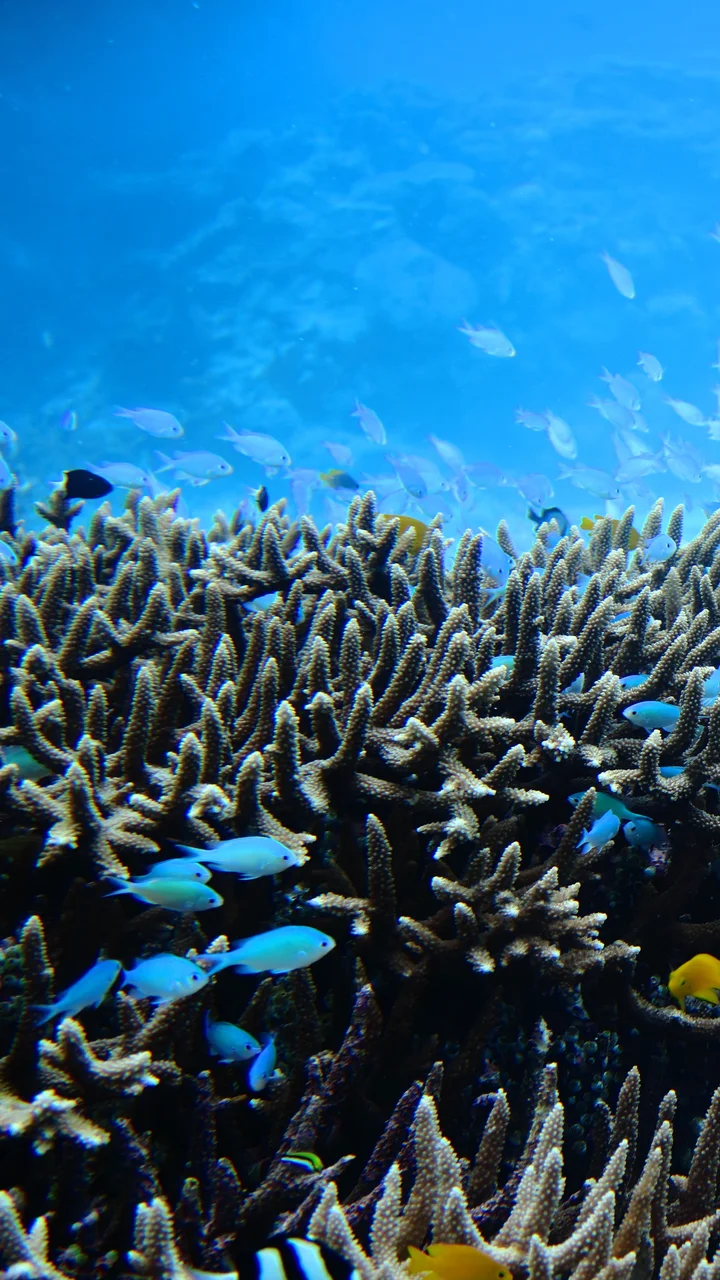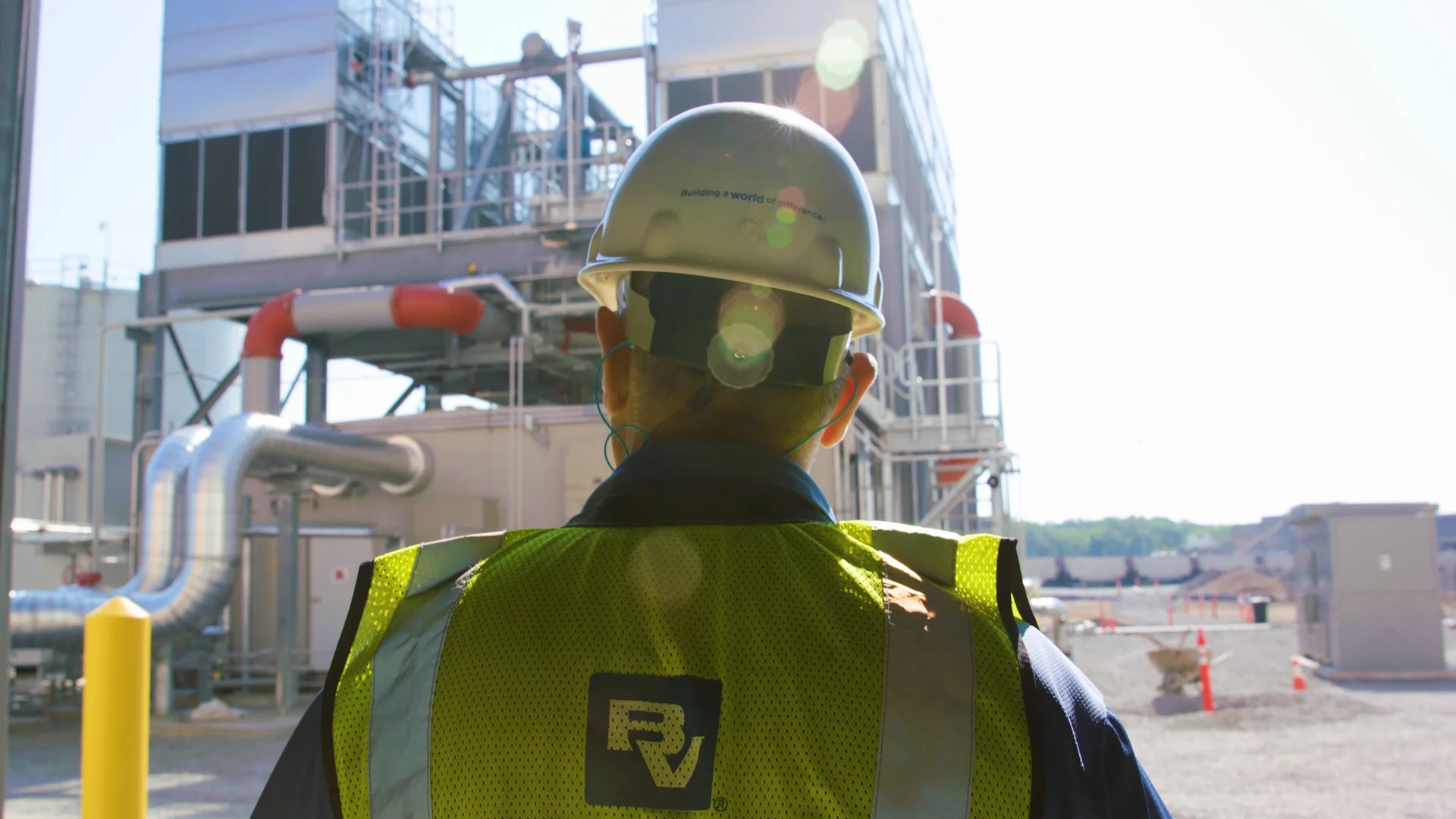Fukushima Daiichi Nuclear Disaster Tests Pacific Ocean's Ecosystem

On Friday March 11, 2011, following a major earthquake, a 15-meter tsunami disabled the power supply and cooling of three reactors at the Fukushima Daiichi power plant, causing a nuclear accident. All three reactor cores largely melted in the first three days, but were stabilized in the following weeks with seawater. By July 2011, they were being cooled with recycled water from a new treatment plant. An official “cold shutdown condition” was eventually achieved in mid-December 2011.
In November 2011, the Japanese Science Ministry reported that long-lived radioactive cesium had contaminated 11,580 square miles of the land surface of Japan – of which approximately 4,500 square miles (an area almost the size of Connecticut) was found to have radiation levels that exceeded Japan’s pre-earthquake allowable exposure rate of 1 millisievert (mSV) per year.
The Fukushima Daiichi nuclear disaster also produced the largest discharge of radioactive material into the Pacific Ocean in history. Fifteen months after a quantity of radioactive cesium were deposited into the Pacific Ocean, 56% of all fish catches off the coast of Japan were found to be contaminated. Fishing continues to be banned off the coast of Fukushima up to 20 kilometers from the nuclear plant, where 40 percent of bottom-dwelling fish were recently found to have radioactive cesium levels higher than current Japanese regulatory limits for human consumption. Contamination levels are also still unacceptably high in the base levels of the food chain, including algae and plankton. With contamination being found through the whole food chain, scientists believe that the long-term effects on the Japanese human population’s diet will be significant.
What Has Been Released Into the Pacific Ocean?
Many different radioactive elements are contained in the water leaking from Fukushima. Plutonium 239, which can cause death if inhaled in microgram-sized doses, is found in the released water and can bio-accumulate in the food chain leading to leukemia and bone cancers if ingested by humans. Both short-lived radioactive elements, such as iodine-131, and longer-lived elements such as cesium-137 with a half-life of 30 years, that have been found in the discharged water can be absorbed by phytoplankton, zooplankton, kelp, and other marine life and then can be transmitted up the food chain, to fish, marine mammals, and humans. Other radioactive elements, including plutonium, which has been detected outside the Fukushima plant, also pose a threat to marine life.
Capacity of Ocean to Recover?
The Chernobyl accident in 1986 gave scientists a small amount of information on what to expect during a nuclear meltdown on land, but the world has not experienced a meltdown that affects the ocean. Scientists generally agree that oceans have the unparalleled ability to dilute most contaminants to manageable levels and eventually break down those contaminants over time.
Unfortunately, the types of contaminants released due to the Fukushima disaster are substantially different from the more common oil or other chemical spills experienced by the world’s oceans. How the radioactive materials released from the Fukushima plant will behave in the ocean will depend on their chemical properties and reactivity. If the radionuclides are in soluble form, they will behave differently than if they are absorbed into particles. Soluble iodine will disperse rapidly. But if a radionuclide reacts with other molecules or gets deposited on existing particulates – minerals, for example – they can be suspended in the water or, if larger, may drop to the sea floor where the water is not circulated or blended as often as the water closer to the surface.
If the contaminants make it to the ocean floor, they may be able to avoid being broken down by natural processes for a longer period of time. This type of pollution has never been seen before so the long-term consequences are not fully understood. Scientists are currently monitoring the ocean and land contamination.
While most scientists believe that the ocean’s powers of dilution will eventually spread the contamination in its suspended and soluble states over time and return the ocean to normal levels of radioactivity, those same scientists do not agree on the amount of time that this dilution will require. As Fukushima continues to dump contaminated water into the ocean, for the sake of the Pacific Ocean food chain, we must hope that the dilution occurs sooner rather than later.
Contact Us
Looking for a partner in innovation?
Let's Talk
